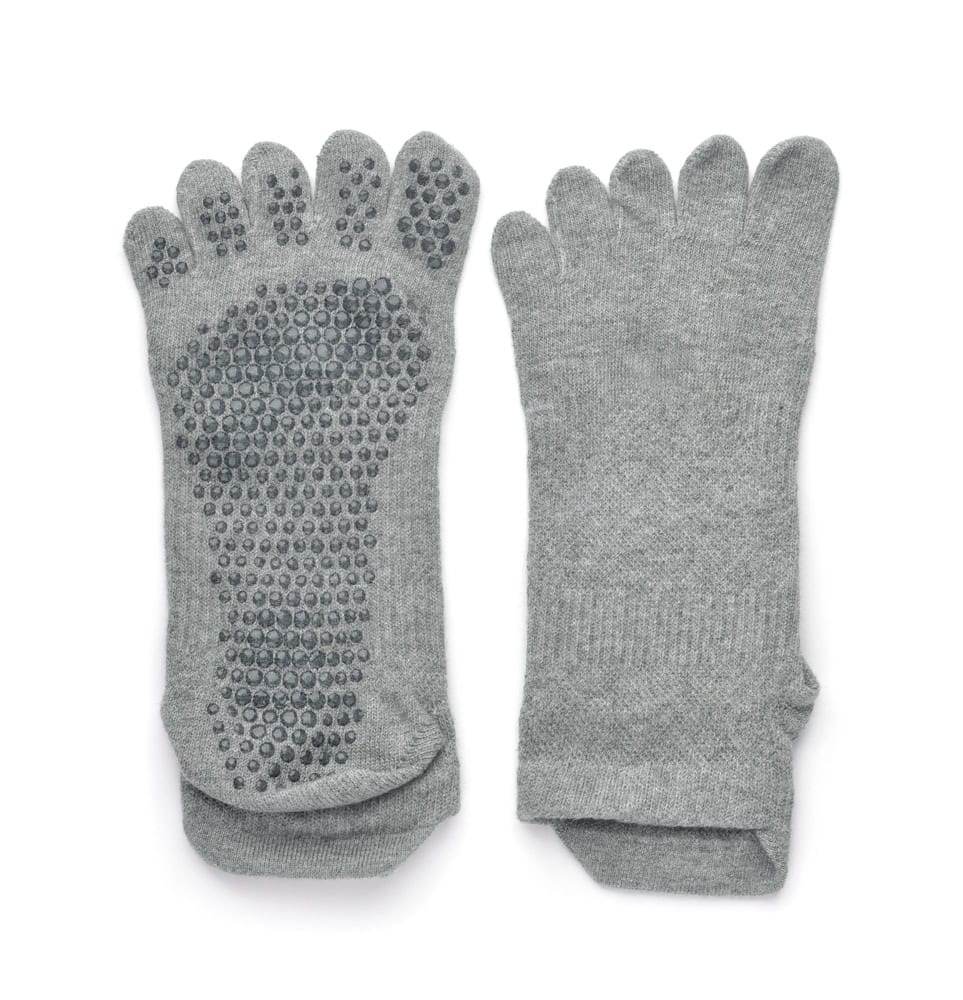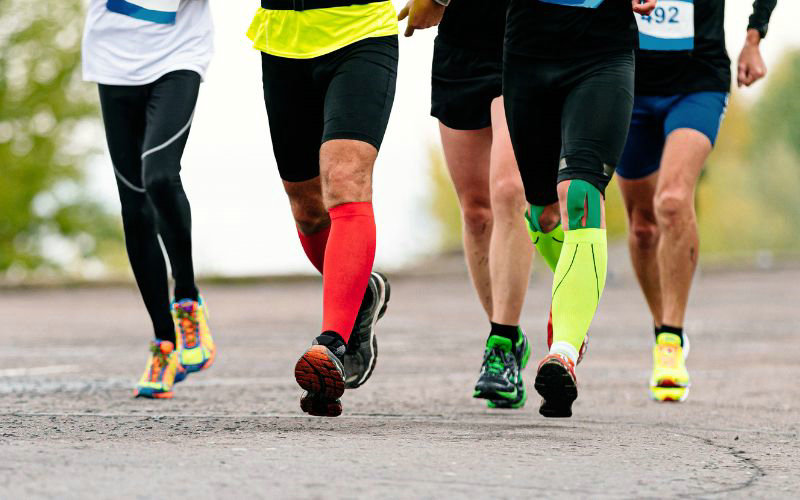
Key Takeaways
- Blood Flow: Wearing compression socks or stockings supports healthy blood circulation in your legs and feet by applying pressure. It can help prevent blood from pooling in the veins.
- Swelling Reduction: By improving circulation, these socks can help mitigate swelling in the lower extremities, particularly after being on your feet for long periods.
Common Uses:
- Preventing Clots: While immobile, especially during post-surgery recovery, compression socks can lower the risk of developing clots, like deep vein thrombosis (DVT).
- Varicose Veins: For those prone to or suffering from varicose veins, wearing these socks can ease the discomfort and appearance of these veins.
Healthcare Consultation:
- Always seek the advice of a healthcare provider before using compression socks, especially if you have conditions such as chronic venous insufficiency or peripheral artery disease.
Long-Term Conditions:
- For managing long-term conditions like venous ulcers, lymphatic drainage issues, or chronic venous insufficiency, compression socks can be an essential part of treatment.
Diabetes Consideration:
- If you have diabetes, it’s critical to discuss with your care provider whether compression socks are safe for you, as diabetes can affect blood flow and sensitivity in the legs and feet.
Understanding Compression Socks
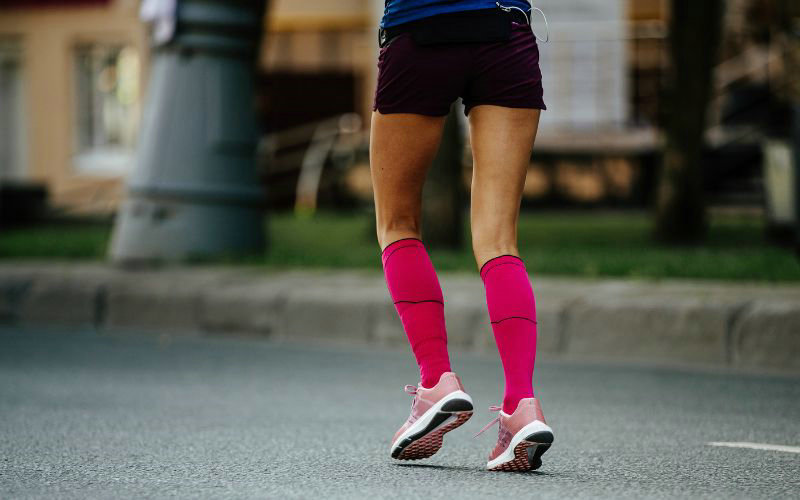
Compression socks, also called compression stockings, are designed to exert pressure on your lower legs, enhancing blood circulation and relieving discomfort and swelling. Discover the variety of types available and learn how to choose the compression level that suits your needs.
Types and Purposes
Compression socks and compression stockings come in various forms, each with a specific function. Anti-embolism stockings are geared toward immobile patients, decreasing the risk of deep vein thrombosis. On the other hand, graduated compression socks are made for mobility, with the highest pressure at the ankles. The pressure gradually decreases towards the top of the stockings. The use of compression socks extends across various activities, from aiding athletes in recovery to providing comfort for those who stand for long periods.
- Anti-embolism stockings: Prevent blood clots in immobile patients
- Graduated compression socks: Enhances circulation for active individuals
Choosing the Right Compression Level
The level of compression is usually measured in mmHg (millimeters of mercury), which indicates the amount of pressure applied to your legs. There are generally four main compression levels:
- Mild pressure (8-15 mmHg): for slight swelling and fatigue.
- Medium pressure (15-20 mmHg): for moderate varicose veins and during pregnancy.
- Firm pressure (20-30 mmHg): for post-surgical use and severe varicose veins.
- Extra firm pressure (30-40 mmHg): for severe swelling and chronic venous diseases.
It’s crucial to select the appropriate compression level as the wrong one can be ineffective or even harmful. Consult with a healthcare professional to ensure you get the graduated pressure needed for your particular condition.
Benefits of Compression Socks
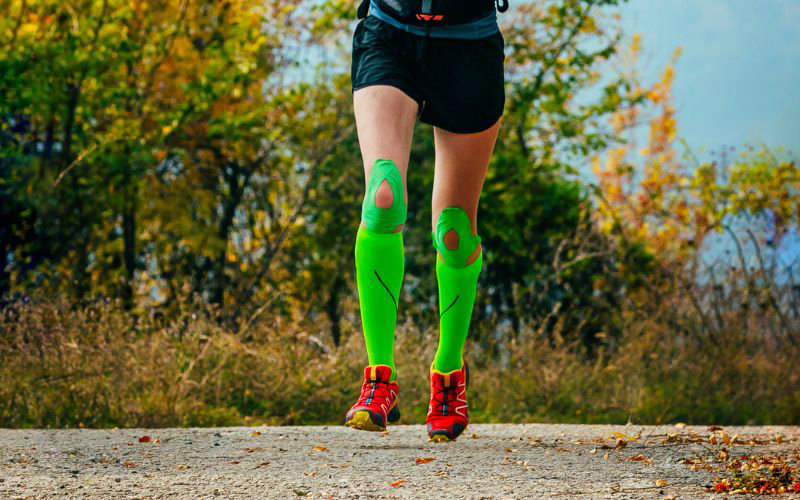
Compression socks assist you in supporting your veins, improving circulation, and reducing swelling in your legs. The gentle pressure they exert on your leg tissues has several potential advantages:
- Improved Circulation: By gently squeezing your legs, compression socks promote blood flow from your legs back toward your heart, helping to reduce swelling and discomfort. This is particularly beneficial if you stand or sit for long periods.
- Reduction in Swelling: The increased pressure in the tissues helps to minimize fluid accumulation in your legs.
- Prevention of Blood Clots: Compression socks lower the risk of deep vein thrombosis(DVT), for it encourages active blood flow.
- Alleviation of Symptoms: If you’re experiencing symptoms like achiness or heaviness in your legs, wearing compression socks during the day can alleviate these sensations.
- Reduction in Varicose Veins: Regular use can help treat varicose veins and possibly prevent their progression. It maintains good blood flow and reduces venous pressure.
- Assistance after Surgery: During post-surgery, compression socks can be particularly helpful in preventing blood clots and improving recovery, especially after surgery on the legs or when you’re less active.
- Orthostatic Hypotension: Orthostatic hypotension means a drop in blood pressure upon standing. Higher-length compression socks can help reduce dizziness or light-headedness.
Practical Applications
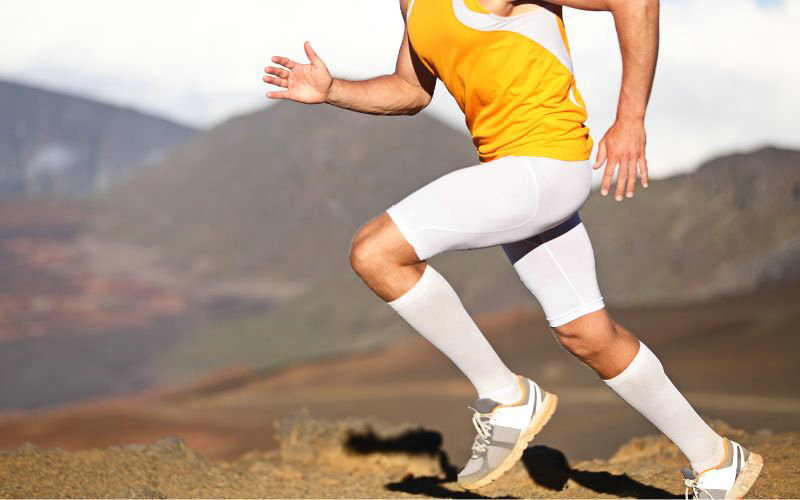
Compression socks can play a vital role in various areas of your life, from enhancing athletic performance to offering comfort during periods of inactivity. Their ability to apply gentle pressure to your legs supports circulation and can alleviate discomfort.
Compression Socks for Athletes
For athletes, compression socks have been proven to help reduce fatigue and support recovery post-exercise. By promoting better blood flow, they can help oxygenate your muscles more efficiently. Specifically, if you’re a runner, these socks can minimize muscle soreness after long runs by reducing the vibration and movement. This leads to a faster recovery and enables you to return to training sooner.
Travel and Prolonged Inactivity
During travel, especially in confined spaces like an airplane where movement is limited, compression socks can be beneficial for maintaining circulation. The pressure provided by the socks is essential for preventing swelling in your ankles and feet, and can also lower the risk of developing deep vein thrombosis (DVT), a type of blood clot. Whether you’re on a long flight or engaged in a job that involves extended periods of standing or sitting, these socks can offer significant relief and support for your legs.
Everyday Use and General Wellness
Compression socks aren’t just for athletes or travelers; they can also be integrated into your daily wardrobe for enhanced comfort and wellness. If your job requires you to be on your feet for long hours, such as in healthcare or retail, wearing compression socks can provide continual support to your ankles, legs, and feet, helping to alleviate fatigue and discomfort throughout the day. They can also be helpful for individuals with medical conditions that affect blood flow to the legs and knees, promoting overall vascular health.
Potential Risks and Considerations
Please be aware of the potential risks and necessary considerations to ensure your safety and comfort. Side effects may include skin irritation or infection, especially if the socks are not properly fitted or kept clean. Pay attention to any signs of discomfort or itching, as these can be indicators that the compression level may be too high or the material is not suitable for your skin.
- Discomfort: If your socks feel overly tight, this can cause discomfort or even neuropathy, which is a form of nerve damage.
- Uncomfortable: Personal preference is key; what works for one person might not be comfortable for another.
- Risks: Using compression socks without a prescription can pose a risk if you have certain health conditions. Always consult a healthcare professional before wearing your compression.
Compression socks should provide a snug fit but not be so tight that they cause pain or soreness. If you experience any uncomfortable sensations, consider adjusting the size or compression level.
- Insurance: Check if your insurance covers the specific type of compression socks prescribed to you.
- Nonmedical support hosiery: For those without specific medical needs, nonmedical support hosiery is available and may offer a more gentle compression.
In summary, while compression socks can be beneficial, your individual needs and preferences should drive your selection. Please take into account any existing health conditions and consult a healthcare professional before use, particularly if you plan on using socks with higher levels of compression.


